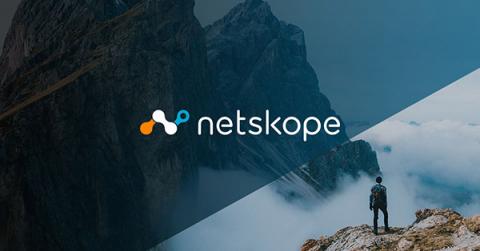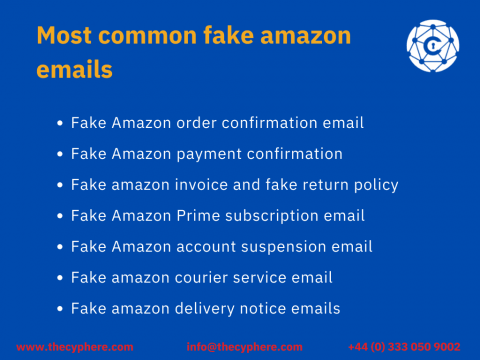How to Set Up Fluent Bit and the Nightfall Filter Plugin
Sensitive data often makes its way into logs. Though most of the time unintentional, these incidents have the potential to do a lot of damage, as they usually involve exposure of API keys, passwords, and customer data that can give attackers access to critical business data or put companies at compliance risk. This is why it’s important for organizations to be proactive about securing their logs.











